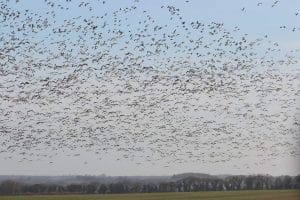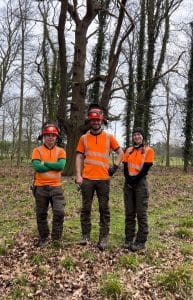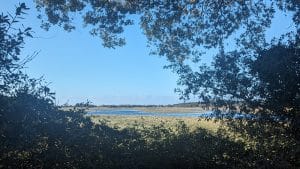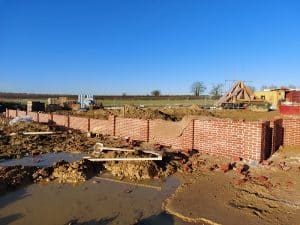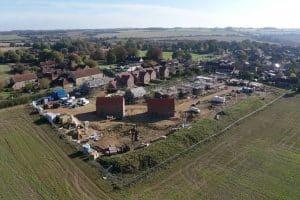Saving Holkham’s Farmland Birds
May 16, 2019 | Land management | 6 minute read
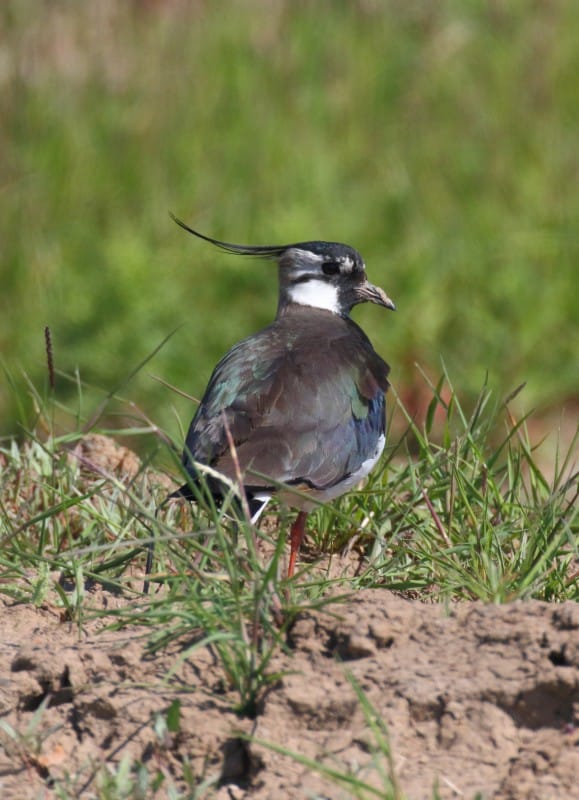
An adult male Lapwing looking resplendent with its ornate crest
To follow up on the Big Farmland Bird Count the NNR wardens were involved with in February, we ventured out to intensively survey three of the Estates farms, Crabbe Hall at Burnham Market, Branthill and Waterden respectively. This involves walking a fixed route and recording all the species encountered and mapping breeding territories. By doing so it will give us a base line set of results which we can build upon into the future.
The Estate’s forward thinking is to make its farmland more attractive and ‘profitable’ to wildlife alongside its crops. This will involve future changes to margins, hedges, cropping, wild game crops and greater variation in wild flower seed mixes; in general a big shake up of the way the fields and their perimeters are managed (or not). For that journey to truly begin, as with any change to land management, it is always good to know what you have before instigating change. Which brings us back to our current scenario.
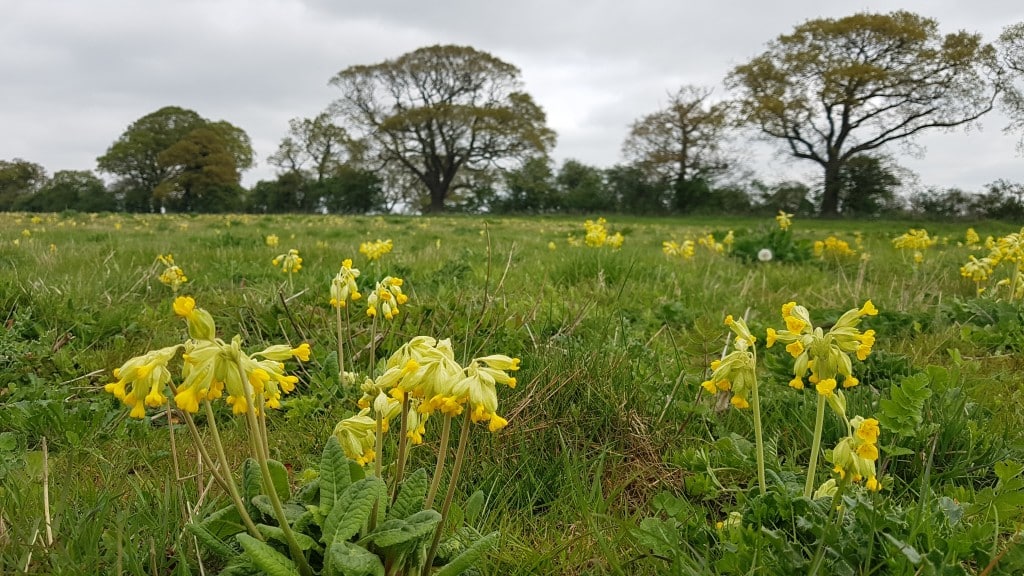
Cowslips growing on uncultivated farmland
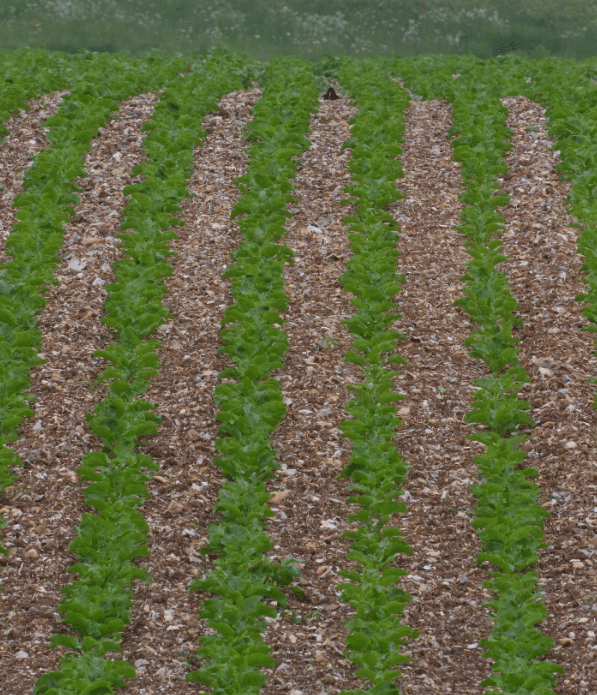
An Oystercatcher sitting tight on its nest within the farmland landscape
So, as well as mapping the territories of Yellowhammers, Whitethroats, Linnets and Skylarks we have also been finding the nests of vulnerable ground nesting birds too. These have included Lapwings and Oystercatchers, two species that also nest on the coast (grazing marshes for the former and beaches and marshes for the latter) and are in steep decline. The problems are varied although predation and disturbance undoubtedly top that list. Away from the coast their problems are slightly different. Here both species love to seek out the barest of fields. This often means spring-sown potatoes and sugar beet or land that has been left fallow in preparation for maize. In such instances they are vulnerable to mechanised machinery.
Whilst tractor drivers actively avoid nests if they can, it is often not possible if the incubating bird departs the field as the tractor arrives, thus leaving their nests invisible. Again this is we have come in. We have scouted the fields before major work commences and then gone in to mark nests, which of course then helps the tractor drivers avoid them. On one field at Waterden some nine Lapwing nests were found, an amazing total in this modern age that’s for sure that hopefully will result in fledging success and then greater numbers returning in the future.
Lapwings have declined dramatically not only on farmland in the UK but also on lowland wet grassland. At Holkham we have both populations although both are far lower in number than they once were. A greater initiative in legal predator control is hoped to be as important a lifeline as creating wetland features and the right grazing regime, something we have constantly been trying to enhance and achieve in recent years on the grazing marshes of the actual NNR. With that in mind, it goes without saying an effort to save those on the farmland should be equally as important.
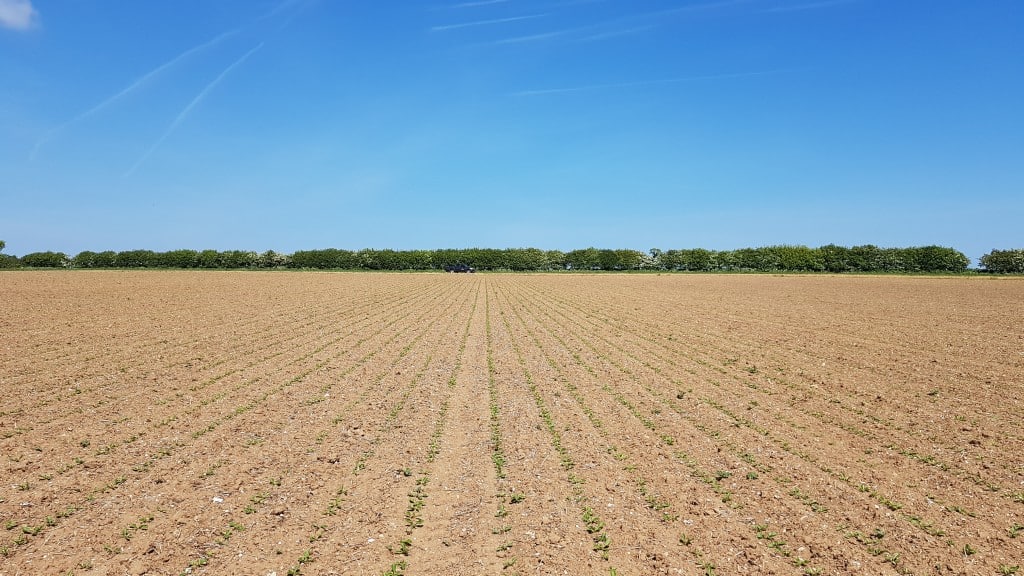
Fields of spring sown sugar beet make the ideal nest sites for Lapwings and Oystercatchers
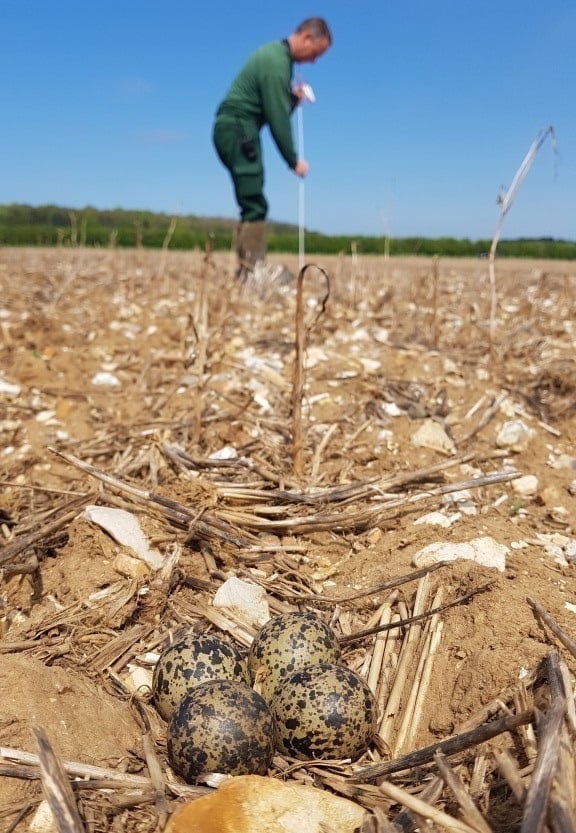
Marking the presence of Lapwing eggs to enable the tractor drivers to see them
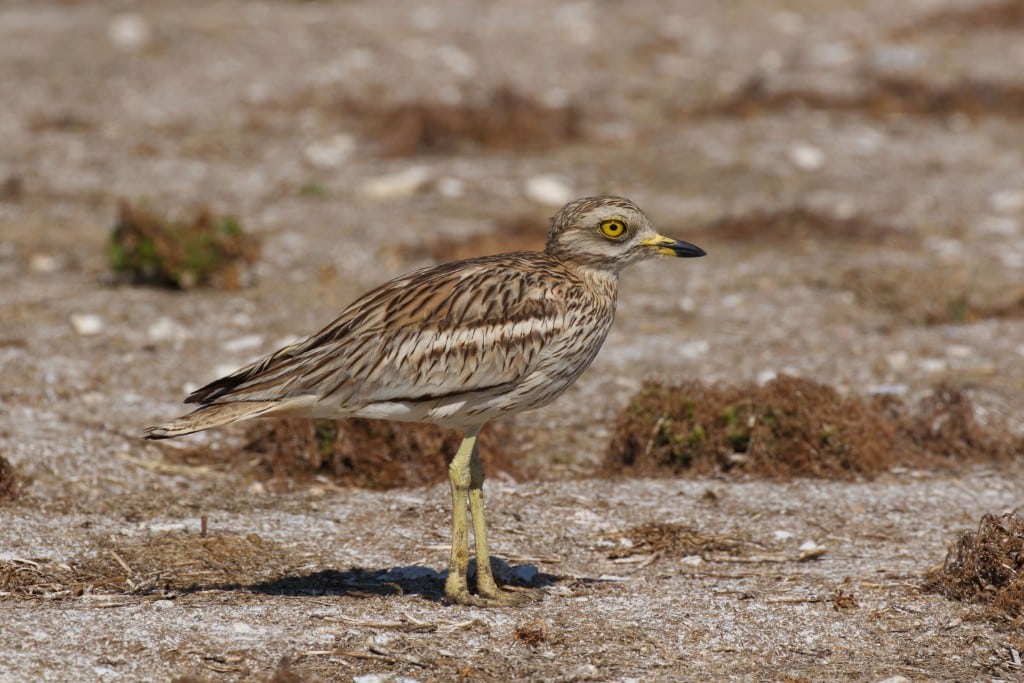
The Stone Curlew, a very rare sight on the farmland of North Norfolk
Whilst searching for Lapwings and Oystercatchers it has been quite satisfying to set eyes upon some Stone Curlews too. These strange long legged birds of dry and arid landscapes were once so typical of Norfolk’s fields that they were often called ‘Norfolk Plovers’ (and also ‘thick-knees’ in reference to the peculiar knobbly kneed appearance), but as with many farmland birds they disappeared dramatically as mechanised and efficient farming practises took hold in the latter half of the 20th century.
We know historically that they were frequently seen on Holkham land but ceased to breed regularly by the late 1970s. Nesting then did not occur again until the early 2000s and then only sporadically and by the odd single pair. Still a bone fide rarity, the Stone Curlew has however started to reappear and make more regular appearances on the outer reaches of the Estate’s farmland. Hopefully with more forward thinking on the management of our farmland it is a species we hope will reinstate itself as a regular breeding bird in the fields that was its home prior to its disappearance in the 1970s.
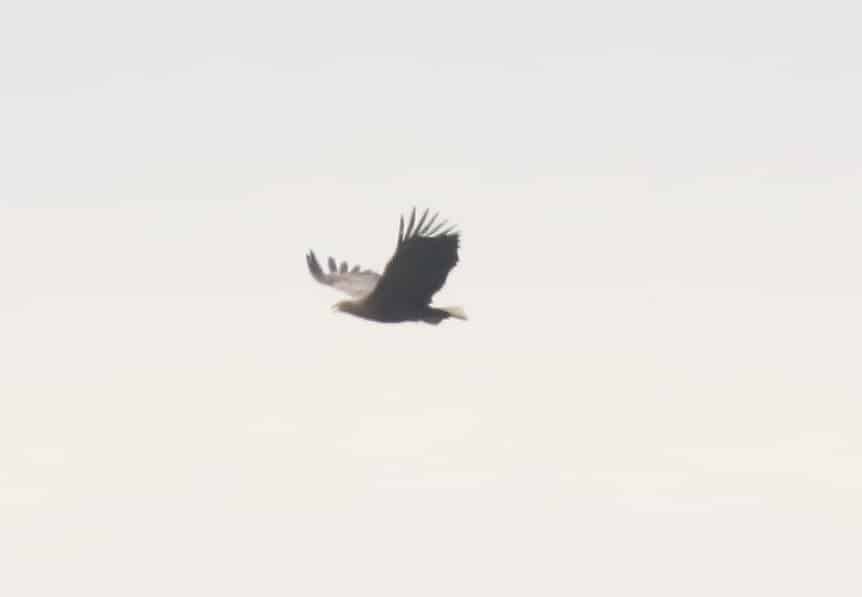
With a wingspan of 2.5 metres, the White-tailed Eagle is an imposing sight in the local landscape
I could not write this blog without mentioning one very exciting event that myself and colleague Paul Eele were privileged to witness as we set off on one of our nest finding expeditions. As we neared the old disused runways of Egmere Airfield, a large slow ponderous flying bird emerged from the clouds to the west. It was being mobbed by something significantly smaller and a close inspection revealed an immense adult White-tailed Eagle moving slowly to the east, its progress closely shadowed by a local Buzzard, less than half its size. This species of eagle turns up rarely here, probably one or two in Norfolk every few years if that, although as its population has grown in recent years on the near Continent it does seem to be appearing more frequently.
With a wing span close on 2.5 metres it really is a giant, looking more vulture-like than anything. Interestingly although our view was all too brief we later learnt that it has been seen in Yorkshire the day before and after our sighting it arrived in Suffolk three hours later before migrating out to sea the following day. For us it was one of those once in a life time moments. A bit like an eclipse of the Sun and when a White-tailed Eagle flies overhead it almost has the same effect!
View all latest blog posts here.
